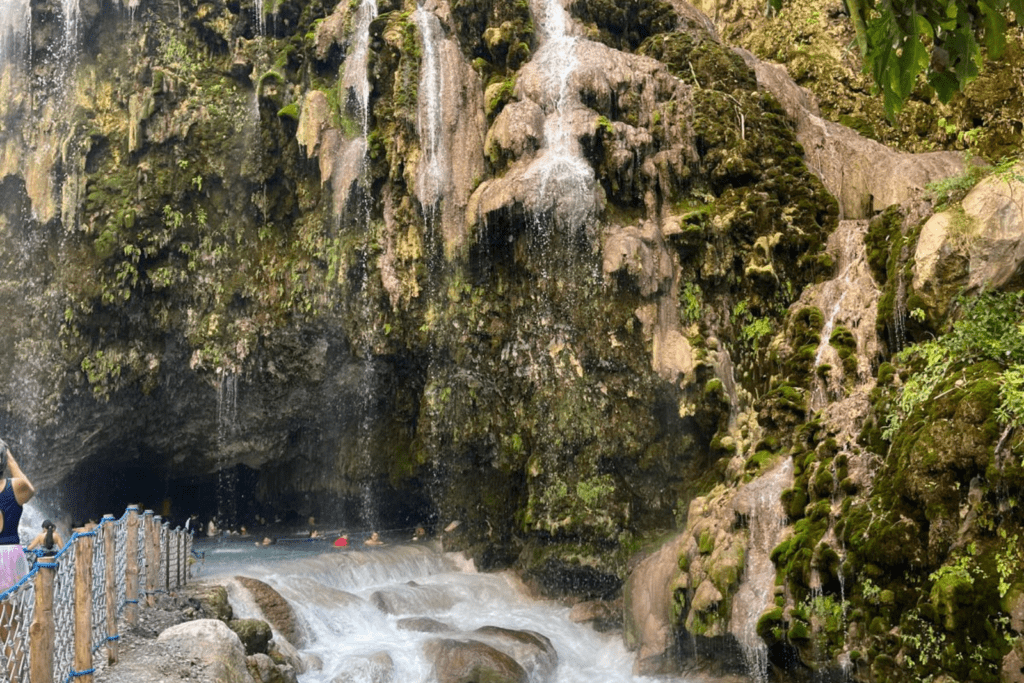Photo credit: Hannah Bacon
By Hannah Bacon, MAGG
It is hard to believe I have almost reached the halfway point of my time here at UNDP Mexico. Since my last post, I have been able to participate in numerous UNDP events and workshops, such as sessions on women’s leadership in business and participation in unions, launching new programs in collaboration with the Development Bank of Latin America and the Caribbean and helping prepare UNDP’s 16 Days of Activism Against GBV campaign. One of the most exciting opportunities for me so far is that I was able to join the UNDP Women, Peace and Security coordination group, a voluntary global group of UNDP employees interested in achieving the goals of the Women, Peace and Security Agenda. Although the meetings are often at 6 AM Mexico City time, it is a unique and enriching opportunity nonetheless.
UNDP Mexico values the importance of a work-life balance, and I am lucky to have taken advantage of it! I have started travelling outside the city to explore more of Mexico. The first trip I took was to a neighbouring state, Hidalgo. I had the opportunity to explore some small Indigenous communities and learn about their governmental structures and their fight for land stewardship. The communities I visited in Hidalgo primarily rely on tourism and marble mining. Learning about efforts to reclaim marble mining practices into smaller-scale artisan or sustainable methods was incredibly interesting. It was also interesting that one of the most popular regional foods is ‘pastes,’ or as we know them, pasties – the British hand-held pie with various fillings! English miners who used to work in the Hidalgo mines popularized the food as an easy lunch for miners.
The most incredible part of this trip was the nature in Hidalgo, particularly Tolantongo. Tolantongo is an Indigenous-owned nature reserve built into the side of a mountain containing natural hot springs, geysers and ‘grutas’ (water caves). While the community has built some non-natural pools in the park, all the water comes naturally heated from within the mountains. The grutas are a naturally occurring semi-underwater cave system hidden behind waterfalls and between rivers. The land is shared by over 100 stewards who vote democratically and unanimously about land use and practices. The thought, care and practice of maintaining the land is very apparent. Despite being a popular day trip destination for tourists and locals, the reserve remains clean and well-preserved. Relaxing in the pools, swimming in the river and exploring the grutas was a welcome break from the city’s bustle.
I look forward to travelling more and exploring other parts of Mexico. I hope to share more stories with you all in my next post.
The opinions expressed in this article are those of the author(s) and do not necessarily reflect the views of the BSIA, its students, faculty, staff, or Board of Directors.
